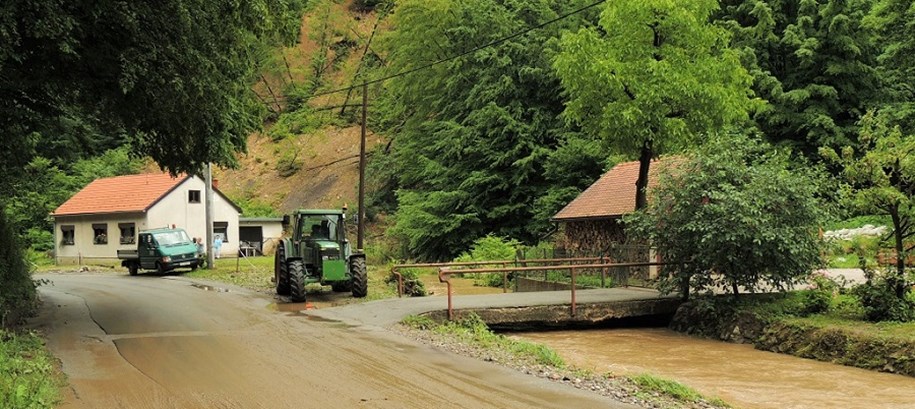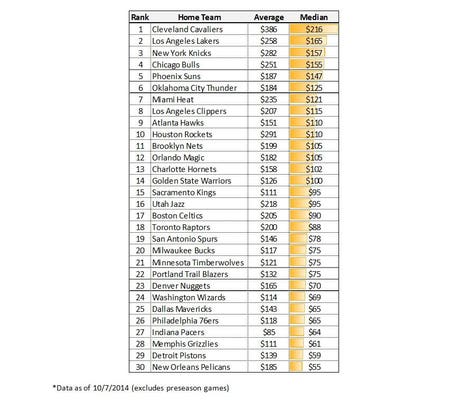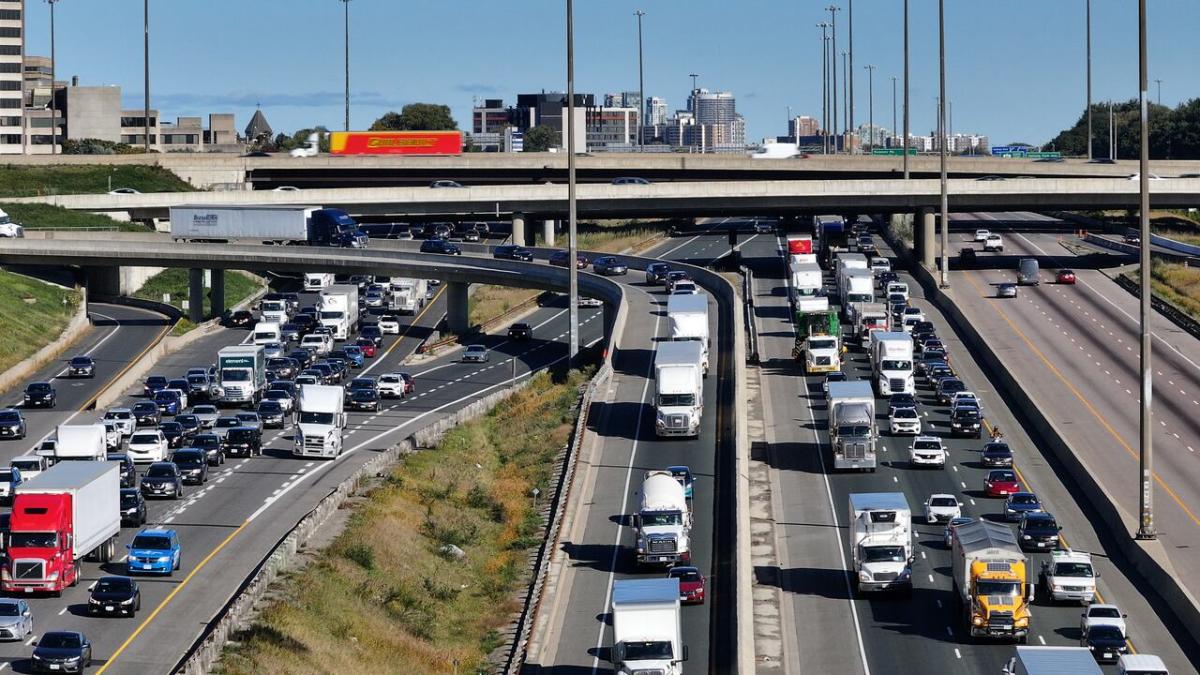A Step-by-Step Guide To The Papal Conclave

Table of Contents
The Prerequisites: Vacancy and the Conclave's Call
The Papal Conclave is convened only upon the death or resignation of a reigning Pope, creating a period known as sede vacante – the vacant see. This interregnum is a critical time, signifying a transitional phase in the leadership of the Catholic Church. The responsibility for calling the Conclave falls upon the College of Cardinals, a body of high-ranking clergy appointed by the Pope.
- Death of the Pope: The death of the Pope automatically triggers the sede vacante period and initiates the processes leading to the Conclave.
- Resignation of the Pope: While historically rare, the resignation of a Pope, such as Benedict XVI's in 2013, also necessitates the convening of a Papal Conclave.
- The Role of the College of Cardinals: The College of Cardinals, comprised of Cardinal electors, is responsible for managing the Church during sede vacante and for electing the next Pope. Their authority and role are crucial to the smooth transition of power.
- Cardinal Electors: Only cardinals under the age of 80 are eligible to participate in the Papal election, a crucial factor in determining the voting body.
The Preparation Phase: Seclusion and the Oath of Secrecy
Once the sede vacante period begins, Cardinal electors gather in the Vatican. Before the Papal election process begins, a crucial step involves each cardinal taking a solemn oath of secrecy. This oath, steeped in tradition, ensures confidentiality throughout the entire Conclave. The cardinals then enter a period of seclusion within the Vatican, often in the Sistine Chapel, completely cut off from the outside world.
- Assembling in the Vatican: The cardinals arrive at the Vatican, a process itself filled with symbolic weight and media attention.
- The Oath of Secrecy: The oath of secrecy, a binding commitment to absolute confidentiality, is central to the integrity of the Papal Conclave. Breaches of this oath are considered extremely serious.
- Conditions of Seclusion: Modern Conclaves maintain rigorous seclusion, limiting communication and contact with the outside world. This ensures that the election process remains free from outside influence or pressure. This tradition echoes the historical context of Conclaves, often held in isolated locations to safeguard the process.
The Election Process: Scrutiny and the Two-Thirds Majority
The heart of the Papal Conclave lies in its election process. Cardinals cast their votes using secret ballots in a process called scrutiny. Each vote is meticulously counted, and the results are announced. A two-thirds majority is required for the election of a new Pope. If no candidate reaches this threshold, multiple rounds of voting continue until a Pope is elected. The iconic white and black smoke signals from the Sistine Chapel chimney signify the outcome of each ballot.
- Papal Ballot: The secret ballot is vital to ensuring the freedom of choice for each Cardinal elector.
- Conclave Voting: Multiple rounds of voting are not uncommon, showcasing the deliberative nature of the process.
- Two-Thirds Majority: This requirement ensures a strong consensus among the Cardinals, reflecting the gravity of their decision.
- White Smoke: White smoke signals the election of a new Pope, sparking worldwide celebration.
- Black Smoke: Black smoke indicates that no candidate has achieved the necessary two-thirds majority, signaling further rounds of voting.
The Announcement and the Inauguration: Habemus Papam!
Once a Pope is elected, the historic announcement "Habemus Papam!" ("We have a Pope!") reverberates across St. Peter's Square and the world. The newly elected Pope then undergoes a formal inauguration ceremony. This often includes the selection of a Papal name, reflecting a conscious choice to embrace a new identity and role. The Papal ring, a symbol of authority, is also bestowed upon him.
- Habemus Papam!: This Latin phrase signifies the momentous conclusion of the Conclave.
- Papal Inauguration: The inauguration is a significant event, filled with religious ceremonies and symbolism.
- Papal Name: The chosen Papal name often carries symbolic meaning or honors a significant figure in Catholic history.
- Papal Ring: The ring, an ancient symbol of the papacy, is bestowed upon the newly elected Pope during the inauguration ceremony.
Conclusion: Understanding the Significance of the Papal Conclave
The Papal Conclave, a process steeped in tradition, is a pivotal event in the Catholic Church. This article has outlined the key steps: from the initial vacancy and the calling of the Conclave, through the meticulous preparation and secluded election, to the climactic announcement and inauguration of the new Pope. The Papal Conclave remains a powerful symbol of faith, tradition, and the selection of a spiritual leader for billions worldwide. Ongoing debates and potential reforms continue to shape the future of this ancient process. To further explore the intricacies of the Papal Conclave, delve into the rich history and contemporary aspects of this significant event through reliable sources like the official Vatican website and reputable Catholic news outlets. Understanding the Papal Conclave provides invaluable insight into the inner workings and enduring significance of the Catholic Church.

Featured Posts
-
 Papezevo Zdravje Stanje Stabilno Vendar Prognoza Nejasna
May 07, 2025
Papezevo Zdravje Stanje Stabilno Vendar Prognoza Nejasna
May 07, 2025 -
 New Platform For Cavs Ticket Donations
May 07, 2025
New Platform For Cavs Ticket Donations
May 07, 2025 -
 Cobra Kai Star Ralph Macchio Shares His Marriage Success Formula
May 07, 2025
Cobra Kai Star Ralph Macchio Shares His Marriage Success Formula
May 07, 2025 -
 Highway 401 Tunnel Doug Ford Seeks Mark Carneys Backing For Key Infrastructure Project
May 07, 2025
Highway 401 Tunnel Doug Ford Seeks Mark Carneys Backing For Key Infrastructure Project
May 07, 2025 -
 Lakers Randle A Physical Challenge For Minnesota
May 07, 2025
Lakers Randle A Physical Challenge For Minnesota
May 07, 2025
